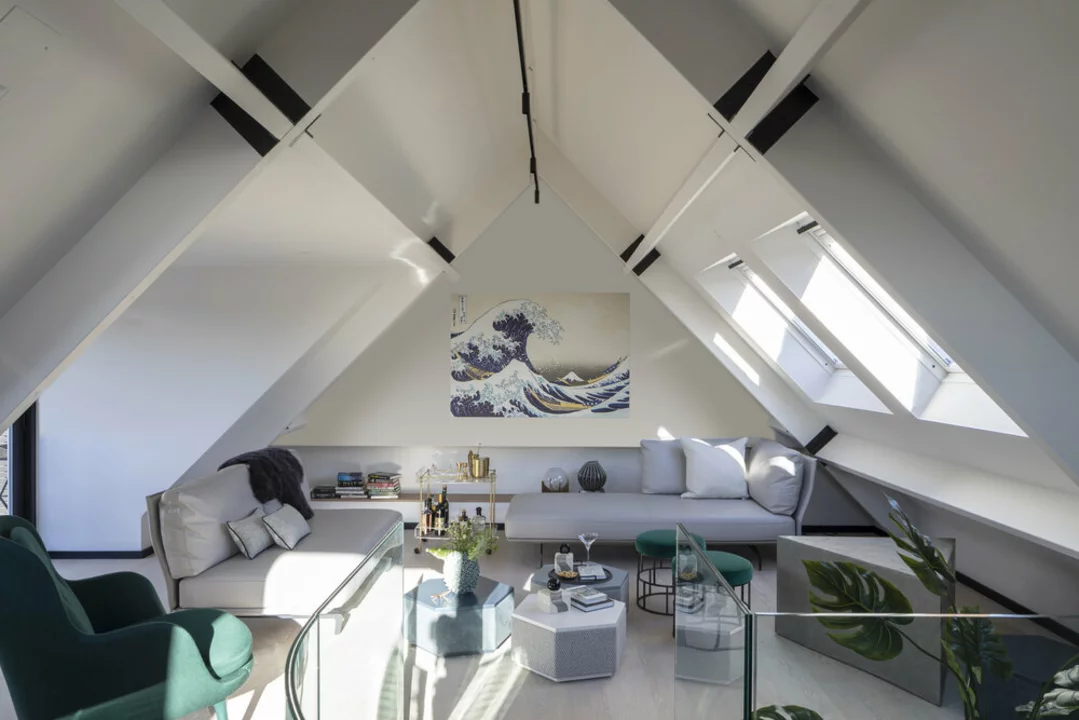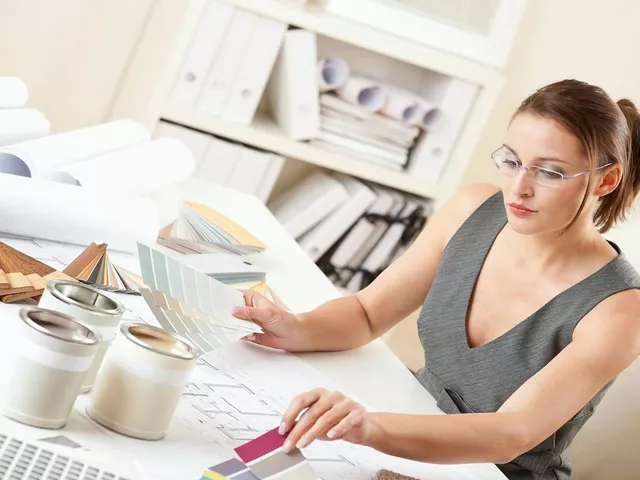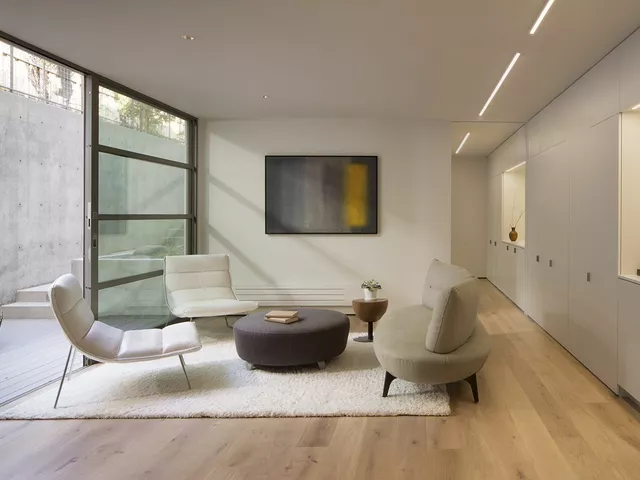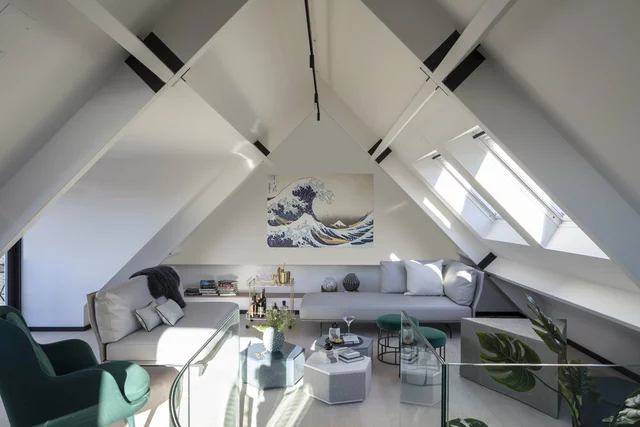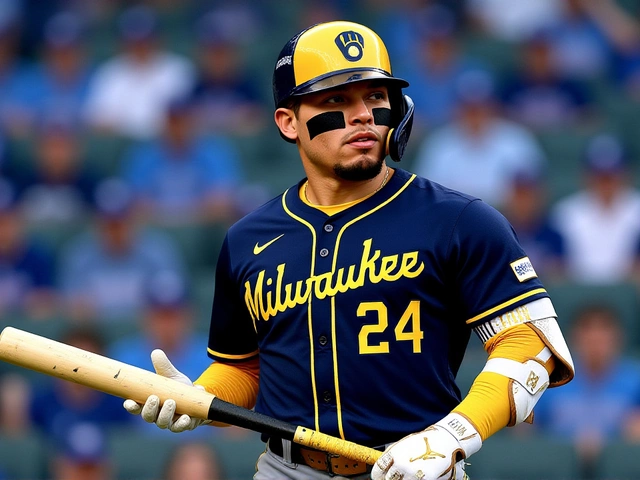Exploring How Architecture Can Evoke Emotional Responses
Architecture has the power to evoke strong emotional responses from people. It has the potential to create a sense of awe and wonder, or a feeling of comfort and security. It can even inspire feelings of joy, sadness, or anger. The design of a building or a space can have a significant impact on how people feel when they enter it. In this article, we will explore how architecture and interior design can evoke emotional responses.
The Impact of Color
One of the most powerful tools for creating an emotional response is color. Different colors can evoke different emotions. For example, red is often associated with energy, passion, and excitement, while blue is associated with calmness and serenity. Color can be used strategically in architecture and interior design to create a particular atmosphere and evoke a desired emotion.
The Impact of Lighting
Lighting is another key factor in creating an emotional atmosphere in a space. Bright lighting can create a sense of energy, while dim lighting can create a sense of relaxation. Light can also be used to create a sense of drama and mystery. The type of lighting used in a space can have a profound impact on the emotional atmosphere.
The Impact of Shape and Texture
The shape and texture of a building or a space can also have an impact on how people feel when they enter it. For example, a space with curved walls and soft textures can create a feeling of comfort and safety. A space with sharp angles and rough textures can create a feeling of tension and unease. The shape and texture of a building or a space can have a powerful impact on how people feel when they enter it.
The Impact of Furniture and Decorations
The furniture and decorations used in a space can also have an impact on how people feel when they enter it. A room with comfortable furniture and colorful decorations can create a feeling of warmth and joy. A room with stark furniture and minimal decorations can create a feeling of coldness and impersonalness. Furniture and decorations can be used strategically to create a desired emotional atmosphere.
The Impact of Space and Proportion
The size and proportion of a space can also influence how people feel when they enter it. A large, open space can create a feeling of freedom and openness. A small, cramped space can create a feeling of claustrophobia and confinement. The size and proportion of a space can have a huge impact on how people feel when they enter it.
Conclusion
In conclusion, architecture and interior design can have a powerful impact on how people feel when they enter a space. Color, lighting, shape, texture, furniture, decorations, size, and proportion can all be used strategically to evoke a particular emotional response. It is important to consider these factors carefully when designing a space in order to create the desired emotional atmosphere.
Understanding How Interior Design Influences Moods and Feelings
Interior design is an art that can have a powerful impact on human emotion. Whether it is a home, a business office, or a restaurant, the interior design of a space can influence how people feel when they enter and stay in the space.
The use of colors, textures, shapes, and other elements in interior design can create different emotional responses. Color is especially important in this regard, as certain colors can create different emotions. For example, warm colors such as red and yellow may evoke feelings of energy and excitement, while cooler colors such as blue and green may evoke feelings of calm and relaxation.
Textures can also affect emotion, as certain textures may create different feelings. For example, a soft velvet may create a feeling of comfort and luxury, while a rough surface may create a feeling of discomfort.
Shapes can also influence emotion. For example, an open, airy space may create a feeling of freedom and openness, while a more enclosed space may create a feeling of security and safety.
The use of natural elements such as plants and water can also create different emotions. Plants can create a feeling of life and vitality, while the presence of water can create a feeling of calmness and relaxation.
In addition to these elements, the overall layout of a space can affect how people feel when they are in it. A well-designed space can create a feeling of comfort and flow, while a poorly designed space can create a feeling of disorientation and confusion.
The art of interior design is a powerful tool for creating emotional responses in people. By carefully selecting colors, textures, shapes, and other elements, designers can create an environment that elicits desired emotional responses in people. Whether it is a home, a business office, or a restaurant, the right design can create a space that people will want to spend time in.
